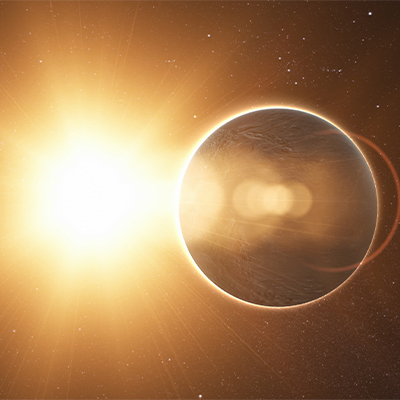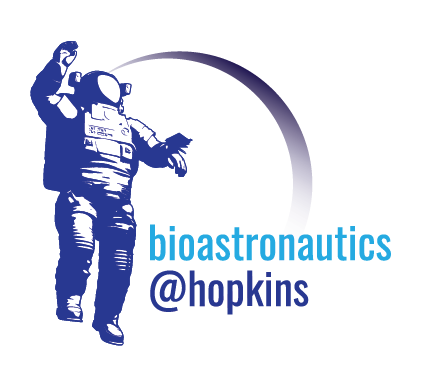
Extended stays on the moon and Mars will require peak performance from both the astronaut crew and the spacecraft/habitat. This includes interactions between the crew, habitat, and other equipment (human-systems interaction architecture: HSIA). A form of “smart habitat” would aid the autonomous crew in carrying out missions tasks while maintaining health and safety. This would include sensors for monitoring of physiological and environmental status, and algorithms for early detection and warning of imminent problems. These technologies would help fill the role of mission control and enable enhanced autonomy of spaceflight crews far from Earth.




